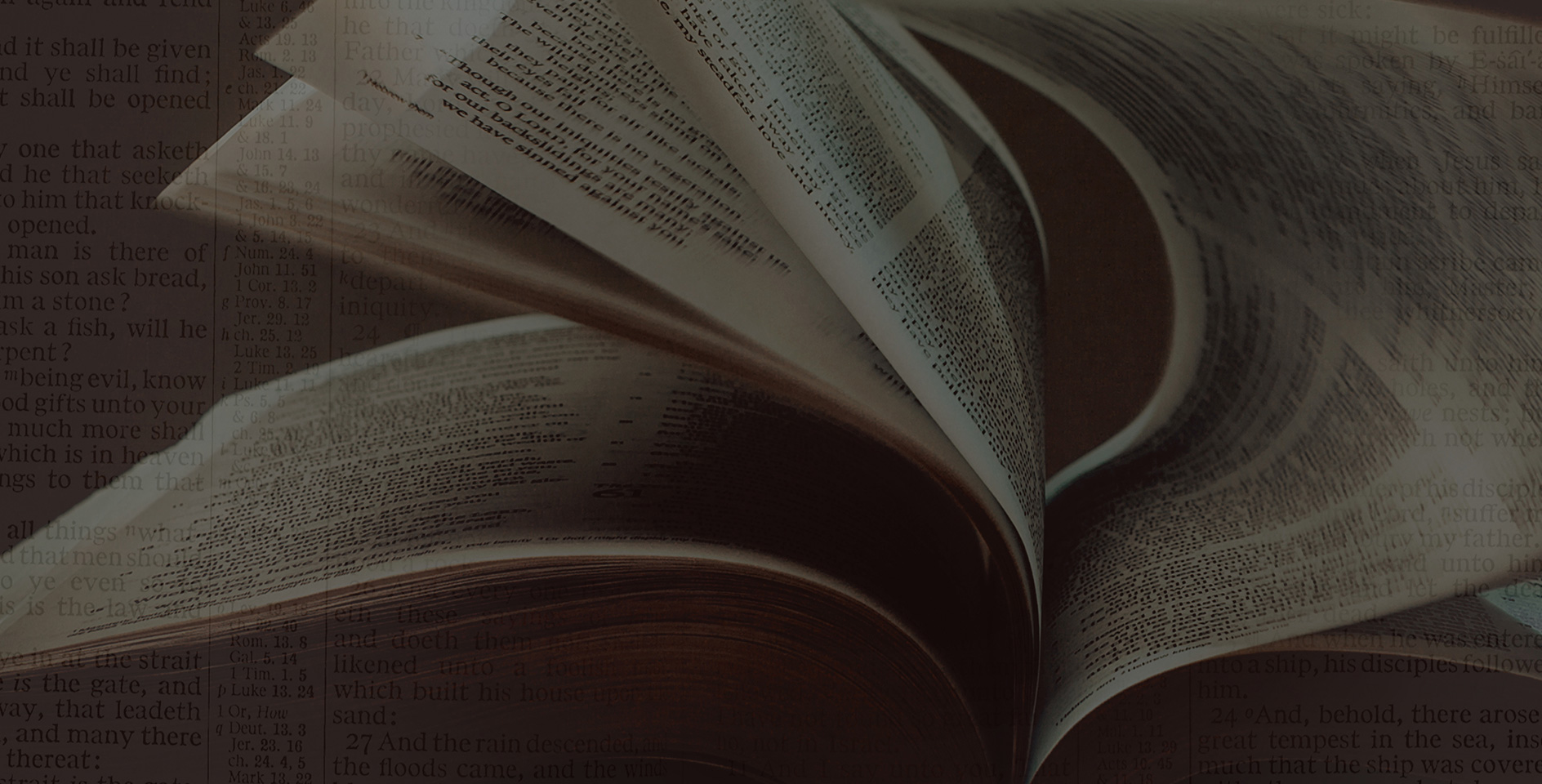Italian journalist and novelist Italo Calvino once said, “A classic is a book that never finishes saying what it has to say.” Even those who don’t enjoy Greek literature can understand Odysseus’ desire to return home in The Iliad. And though it is unlikely that our own decade will be as decadent as the 1920s, all who read The Great Gatsby can understand the desire of the title character to reinvent yourself and overcome your past.
In her new series of edited classics, Karen Swallow Prior, professor of English and Christian & Culture at Southeastern Baptist Theological Seminary, invites readers to return to (or read for the first time) works that continue to ask and answer questions of modern readers. We are not the first to ask questions about the relationship between science and religion, identity, and the juxtaposition of true faith and nominal Christianity. In returning to these great works of literature, Prior hopes to give readers a chance to wrestle with those questions in new ways guided by their Christian faith.
Why did you choose the four stories so far in the series? Is there something unique about these four: Heart of Darkness, Sense and Sensibility, Jane Eyre, Frankenstein?
First of all, I chose from works in the public domain so as to avoid copyright questions and expenses. Fortunately, my area of expertise centers on literature that is well within those bounds. From there, I chose works that I know and love well. Narrowing it down to just six from there was still rather difficult! Ultimately, I wanted to choose works that wrestle with questions and themes that are particularly relevant to the church right now.
And to be totally transparent, I wanted to choose some works that I thought would be likely to appeal to male readers since so much evidence indicates that Christian men read fiction far less than other genres. Classic literature is for everyone.
Are there any books that you are hoping to include in the series in the future?
The last two books in the series will be Tess of the D’Urbervilles by Thomas Hardy and The Scarlet Letter by Nathaniel Hawthorne. They will release in March 2022.
One thing that I think stands out about these editions is not just the text, but the way the physical book is itself a piece of care and craft. Is there a deeper reason for this, or is it only a decorative decision? How does having the book in a bound and beautiful text help to also shape the reader?
One of the keys to understanding literature — and all art, really — is that form is everything. As Marshall McLuhan would say, “The medium is the message.” From the start, this project was envisioned as one that would bring beautiful stories to the reader — and to the church — in a beautiful form. Now, to be clear, I have no problem with cheap paperback versions of classics and own many myself. (They are perfect for carrying around to class or reading in the swimming pool.) But the market is overwhelmed with these editions. And while gorgeous clothbound editions of the classics are available from other publishers, as far as I know, none have been produced by any publisher for Christian readers specifically.
My publishing team and I put a great deal of thought into the cover colors, design, finish, the paper, the ribbon marker, and even the font. (The font and page layout were improved even more with the second set.) These are volumes to own for a lifetime and to pass down. My copies join books on my shelves that have done the same, books that are now 100 or 200 years old.
Each of the introductions to the books concludes with the “Reading as a Christian” section. Why did you include that? What are practices you would encourage Christians do when reading fiction? Is there a Christian way to read or perspective that Christians should have when reading?
In my book, On Reading Well: Finding the Good Life through Great Books, I focus more on the practices and habits that can improve our reading. In this series, through both this part of each introduction and later in the discussion questions (since I have committed to having no plot spoilers in the introductions), I talk about the themes that have particular relevance to us as Christians. These themes are, as I mentioned above, part of the reason I chose each work.
Of course, great books are relevant to all people in all times because their greatness is in the way they capture universal themes. Most classics are published and edited by scholars who either aren’t Christians or may even be hostile to the Christian backdrop of these works. These books offer a different perspective than what is commonly out there today.
The story of Frankenstein and his monster is both a horror story and science fiction. In this genre, there seems to be a warning about trusting too much in the power and goodness of science devoid of a larger framework. What cautions does this offer to a modern audience faced with a rapidly advancing technical age where what was fantastical can become commonplace in the matter of a few years?
This question is one that I think makes Frankenstein timelier than ever. As I explain in the introduction, the premise of the story was not as far-fetched as it might seem since similar kinds of experiments and questions were common at the time. The central question the novel asks — what is the responsibility of a creator (or Creator) toward his creation — is ever more pressing. Frankenstein helps us to see that science is never just for the sake of science — it is an attempt to fulfill deeper human needs and desires. And it is those we need to address in the ways that only our Creator can, even as science allows us to improve human lives and human flourishing. Undertaken apart from our true purpose as human beings, however, science can also bring harm and destruction.
You say that the most unsettling part of Frankenstein is not the story, but the way it is told: nested stories and unreliable narrators. Why is that more unsettling than a reanimated corpse driven by passions? Do you see any corollaries in our own moment of how the unreliable narrators of our cultural stories contribute to the sense of unease?
I have lived more than half a century. I have taught for many years literature that spans many centuries. And yet, I never imagined myself living in a time when truth — even simple facts — could be so contested, debated, and unreliable. We are living in a time when so many competing narrators are vying for our attention and confidence that it is increasingly difficult to know what is true. Both Frankenstein (and, perhaps, even more Heart of Darkness, another book in the series) demonstrate the limits of human perspective and knowledge.
We are wise to understand, then, that our limited understanding must be measured against the only reliable source of truth we have — God and his Word. We are our own unreliable narrators. But by God’s grace, we can see ourselves within the context of his story. Reading other people’s stories helps to realize our need to do so.
The introduction to Frankenstein notes the importance of the virtues in this story. Your previous book, On Reading Well, was devoted to the study of the virtues through literature. How does literature in general help us to learn and practice the virtues? How does Frankenstein specifically do that?
First time readers might be surprised to learn what a central place virtue has in Frankenstein. It is a recurring theme that demands the reader’s attention by asking us to find that moderation between the various excesses and deficiencies displayed in the novel. When does the zeal for knowledge become a vice rather than a virtue? When does the desire for justice cease to be a virtuous pursuit? What can a world which lacks the influence of women (one half of the human race) become? There are so many things out of balance in the story that it demands that readers seek the virtuous mean.
You say that it was the ordinariness of Jane Eyre that made the novel extraordinary. What do you mean by that? How was it both ordinary and revolutionary for its time?
In their early history, novels tended to be over-the-top, variously, in their sharp humor, their moral earnestness, or their amorous exploits. While drawing on both the Romantic and didactic traditions that came before it, Jane Eyre is more realistic than nearly all its literary predecessors. While it has some unrealistic (and even unsatisfactory) plot elements, the heart of the story is the voice and character of this very “plain Jane” who is so very human in her desire to have a place and people to belong to, to be with someone she loves, and to be a faithful Christian. Jane was revolutionary because she willed these things and she willed them passionately, refusing to accept injustice in a world in which justice was available only to the few who had power and wealth.
Christianity is a pervasive theme in Jane Eyre. Some early critics thought it was an attack on faith, and yet you say that Christianity created Jane Eyre. What accounts for this tension? How can reading this novel help modern readers understand our own nominally Christian context?
Well, you hit the nail on the head in the last part of this question. Jane Eyre was an attack — a powerful attack — on nominal Christianity. Those trapped within nominal Christianity took it as an attack on the real thing. Then, as now, it was, and is, difficult to separate mere convention from truly biblical principles. It is difficult for people in any time to see outside the context of their times, beyond their moral blind spots. But just as Nathan so effectively helped David to see his great sin by telling a parallel story about another man’s sin, so, too, literature about other times and places can help us see the truth by seeing it sideways. It’s easy for us to see now in the world of Jane Eyre where Christians got so many things wrong. The real test is seeing where they are wrong in our own time.
The question of self and identity are core themes in the life of Jane, specifically how an individual must “forge an identity,” a uniquely modern problem (and one that is also present in Frankenstein in the monster’s journey). What in this novel speaks to the way that a modern reader will understand that yearning for identity? Does the novel fully answer the question of identity?
The novel doesn’t fully answer the question of identity. It would not be a great novel if it attempted to! Rather, good art invites us to see, to perceive, to consider. Indeed, even the ending of the novel (no spoilers!) is one some people find dissatisfying, which I think makes the novel all the better. For in this fallen world, we will not find perfect satisfaction.
This question of identity that Jane Eyre wrestles with was one that was emerging when the novel was written. Nearly two centuries later, the question has only become more complicated and fraught. As our culture becomes more fractured and polarized, the shards of our identity have less to hold them together. This makes the hope of the gospel — and an identity in Christ — all the more satisfying and real. Jane understood that — yet still had to work it out in her life, just as we must as well.










